Why and how to use face masks?

These days, using face masks has become a trend on social networks. The types of face masks that have wonderful properties, such as a sense of fun and entertainment, are pleasant and happy. Imagine putting an expensive mask on our skin and then lying in the bathtub with peace of mind and waiting for its magical result! It is very pleasant. But are face masks really beneficial? How should we use the face mask to get the best results from it?
Is it really necessary to use a face mask?
These days, face masks have become a beloved part of skin care routines. The basic question is, is it really necessary to use them? If we want to answer this question briefly and very quickly, we must say yes and no!
Most dermatologists agree that a healthy skincare routine is enough to maintain healthy skin. Others believe that using facial masks is an effective way to absorb nutrients and treat the skin in a targeted way.
In any case, masks can have advantages. The type of mask and the purpose of its use affect their results. So, if you value protecting your skin a lot, or you have little time to take care of your skin, put these masks on your face and spend a few minutes in peace. However, it would help if you were careful when choosing the right mask for your facial skin. Why? Because improper use of face masks may lead to dryness, inflammation, redness, or pimples on the face.
In this ” help best life ” article, we will examine face masks from different perspectives. Join us to learn about their benefits for all skin types, the correct way to use them, and how to choose the best one.
The benefits of face masks
Healthy skin requires maintaining a proper skin routine.
Face masks have various benefits based on their type and contents. Masks act as a barrier against the penetration of active ingredients into the skin. Some masks have special properties. For example
- They can hydrate the skin.
- Clean the pores.
- Make the face texture smooth and even.
- Remove excess fat.
- Reduce wrinkles.
- Tighten the skin.
- Heal the spots.
- Increase skin radiance.
In the following, we will learn more about some of the important benefits of face masks. These benefits include:
- Cleansing skin pores: Masks containing clay, salicylic acid, and retinol are great for cleaning skin pores, especially those of oily and acne-prone skin. Of course, these masks may also reduce the moisture of dry skin. Other ingredients in clay masks include bentonite, charcoal, kaolin, and volcanic ash.
- Healing and soothing: Masks that eliminate skin redness are able to heal inflamed skin. If you have inflamed skin, look for masks with soothing ingredients like aloe vera, chamomile, cucumber extract, and oatmeal.
- Eliminate pimples and acne: Masks containing salicylic acid exfoliate the skin and clean the pores, preventing pimples and acne. The main ingredients in acne masks include salicylic acid, tea tree oil, witch hazel, and niacinamide.
- Hydrating and moisture-absorbing masks can deeply hydrate dry skin. The main ingredients usually include moisture-absorbing ingredients such as hyaluronic acid, glycerin, urea, aloe vera, and honey.
- Reducing skin oil: Clay masks help to balance skin oil and are suitable for mixed and oily skin. The main ingredients of fat-reduction masks include kaolin clay, bentonite, sulfur, and activated charcoal.
Dos and don’ts of using a face mask
If you use the face mask correctly, you will get the most out of it. How and when to use a face mask is different depending on your skin type and the type of mask. Below, we suggest a simple instruction for the correct use of the face mask:
- Clean the skin with a neutral-pH cleanser and rinse with warm water to remove dirt, oil, and makeup.
- Apply or spread the mask evenly over all parts of the face except the eyes and lips.
- Keep the mask on the face for the time recommended in the instructions for its use.
- If necessary, wash the mask with warm water and a soft towel.
- Dry the skin gently.
- Use an oil-free moisturizer and hyaluronic acid serum. This will reduce the possibility of skin inflammation and ensure that the mask’s effects remain on the skin for a longer time.
Use a face mask after showering.
You can also use face masks after bathing. To do this, proceed as follows:
- Wash the face with warm water under the shower and clean.
- Dry the face.
- Put the mask on the damp face.
- Follow the instructions for the mask.
Use a face mask in the bathroom.
It is interesting to know that the best time to use a face mask is while taking a shower. Warm water helps the skin pores to be open and clean. This increases the effectiveness of the mask. To use a face mask in the bathroom, do the following:
- Clean the surface and pores of the skin. You can also use toner.
- Place the mask evenly on all parts of the face.
- You can relax in the bathtub while the mask does its job.
- After the recommended waiting time to keep the mask on the face, remove it.
- Do the necessary skin care according to the type of mask.
Care after using a face mask
After using the face mask, be sure to apply the necessary skincare products so that your work is not in vain. The essential actions after using a face mask, based on the type of mask, are as follows:
- Clay mask: Clean your skin carefully and twice to ensure that the mask’s contents are completely removed. Then, follow your normal skin routine.
- Sheet yogurt: Remove the mask from the face and immediately apply a moisturizing cream. This doubles the mask’s effect.
- Mask or colloidal gel: Remove the mask and apply a moisturizer. Covering moisturizers contain ingredients that lock moisture into the skin.
- Cream mask: Proceed according to the mask’s instructions. Some cream masks do not need to be removed, but some need to be washed off.
- Peel-off mask: Use a non-peel-off cleanser to ensure that no ingredients from the mask remain on the face. Then, apply moisturizer. Avoid using products that contain retinol or vitamin C immediately after using peeling masks.
Some other important points in using face masks are:
- To get the desired result from face masks, you need to use them several times. So, use a mask for each part of the face or different parts of it for at least 6 to 8 weeks.
- Keep the face mask on the skin for a short time. You might imagine that the longer you keep the mask on your face, the more effective it will be. This idea is not true at all. Use face masks for the recommended time in the instructions so that your skin does not become inflamed or suffer from other problems.
How often should we use a face mask?
You can use face masks one to three times a week, depending on your skin type and the type of mask application. Adjust the amount of masks according to your skin’s reaction and environmental factors. For example, hydrating face masks can be used regularly, while exfoliating masks should be used sparingly so as not to over-exfoliate and thin the skin. In addition, please pay attention to the instructions for using the face mask and proceed according to them so that your mind is at ease in all respects.
Types of face masks
Various face masks have special properties for various skin problems. In the following, we will introduce you to different types of face masks.
Anti-redness skin mask for sensitive skin
Masks for sensitive skin contain soothing ingredients to heal skin that is inflamed, reactive, sensitive, and overexfoliated. These types of masks are used for sunburn, excessive skin inflammation (superstructure disease), or allergic skin reactions. If you are looking for anti-redness face masks, look for the following contents in the masks:
- Argan oil
- caffeine
- Chamomile
- cucumber
- green tea
- Licorice extract
Hydrating gel or colloidal mask
These types of face masks are lightweight and have excellent absorption. Colloidal masks are very suitable for oily and acne-prone skin. Aloe vera, cucumber extract, green tea extract, and hyaluronic acid are among the main ingredients of these masks.
Hydrating cream masks
Hydrating masks with a creamy texture are full of moisture. These types of masks are suitable for dry skin, especially in the cold months of the year. If you are looking for a hydrating mask, you should know that the ingredients in these masks are shea butter, jojoba oil, ceramides, and squalene.
Anti-aging, brightening, and brightening peel-off masks
Exfoliating and brightening masks remove dead skin cells and help revitalize the skin. The main ingredients are usually salicylic acid, glycolic acid, lactic acid, and papaya enzymes.
Clay and charcoal facial pore-shrinking masks
Mud masks are great for removing pus from facial pores and absorbing excess skin oil. The main ingredients are usually kaolin clay, bentonite clay, sulfur, and activated charcoal. Mud masks are water-based and provide proper hydration, while clay masks are for oily and acne-prone skin and dry the skin a little.
Acne treatment masks
Pimple and acne treatment masks contain ingredients such as salicylic acid, which soothes the skin. Salicylic acid sinks into clogged pores to unclog them, stopping the cycle of breakouts and acne.
How to choose the best face mask?
Choosing the best face mask depends on various factors, such as the type of facial skin, the price of the face mask, and such things, which we will examine in more detail below:
Facial skin type
To get the best results from the face mask, it is necessary to choose the best mask based on your skin type. Choosing a mask that is not suitable for your skin will lead to problems such as skin inflammation or acne.
The contents of the mask
After knowing your skin type, check the contents of the mask. The contents of the face mask should be suitable for your skin type and the type of problem you are trying to solve. In the following, we will tell you what skin problems and what ingredients to pay attention to in face masks to solve these problems:
- Acne or inflammation: salicylic acid, benzoyl peroxide, aloe vera, natural ingredients such as yogurt, papaya, oats
- Dark spot or pigment: vitamin C, kojic acid, azelaic acid, licorice root, alpha hydroxy acids (AHA), lactic acid, pineapple
- Dry skin: hyaluronic acid, avocado, shea butter
- Fine wrinkles: vitamin C, vitamin E, antioxidant resveratrol, folic acid
- Oily skin: salicylic acid, glycolic acid, sulfur, charcoal, natural ingredients such as yogurt and pineapple
A mask may be suitable for your skin, but due to the presence of some additives, it may cause inflammation of your skin. So, when checking the contents of face masks, be sure to pay attention to the presence of a few additives:
- perfume
- alcohol
- Paraben
- the colors
- Essential oils
The price of a face mask
The price of the face mask does not determine its effectiveness! More important than the price of the face mask is its formula and skin type. The significant issue is that the formula used to make some masks is not suitable for your skin type. Accept this fact and don’t use it just because of other people’s compliments or to sell a face mask. Do you want to know how to choose and buy a face mask?
When choosing a face mask, pay attention to the mask-making formula and your budget. Decide between buying a face mask after properly researching its contents and reading the reviews of people with the same skin type as you.
Use of medicine
If you are taking medicine to solve a problem, you should know the side effects of the medicine on your skin changes. If a drug has an impact on your skin, you should be more careful when using face masks so that your skin is not damaged.
Using homemade masks
Homemade masks are made with natural ingredients that have many benefits. However, before making and using a homemade mask, you should do an allergy test for some of its contents. It is enough to put a small amount of the mask’s contents behind your ear to make sure that its ingredients do not cause an unwanted reaction on your skin.
Using some natural ingredients in homemade masks is not very suitable for the skin. The use of these substances may cause unwanted reactions. So it is better to avoid or be careful with these substances. For example:
- Acidic substances such as apple cider vinegar or lemon may cause inflammation or even burn the skin.
- Egg white may cause skin infection, especially on the wound surface.
- Baking soda can damage the skin due to its high alkaline level.
Masks can have very fast results, but this effect is temporary. So, to get the most results, you must remember to use face masks along with other care products.
Do you believe in the miracle of face masks?
Some say that face masks are mostly used for self-care and relaxation. Some people believe that masks do magic on your skin. What do you think
According to experts, no pink face mask alone will do wonders. But the mask, along with proper skin care, guarantees health and improves the appearance of the skin. The most important thing is to use face wash, moisturizer, and sunscreen regularly and daily to keep your skin healthy.
In your opinion, which face masks are more beneficial? Have you ever had amazing or miraculous results from one or more face masks? Please share your thoughts and experiences with us and other How To readers on using face masks and their skincare benefits.
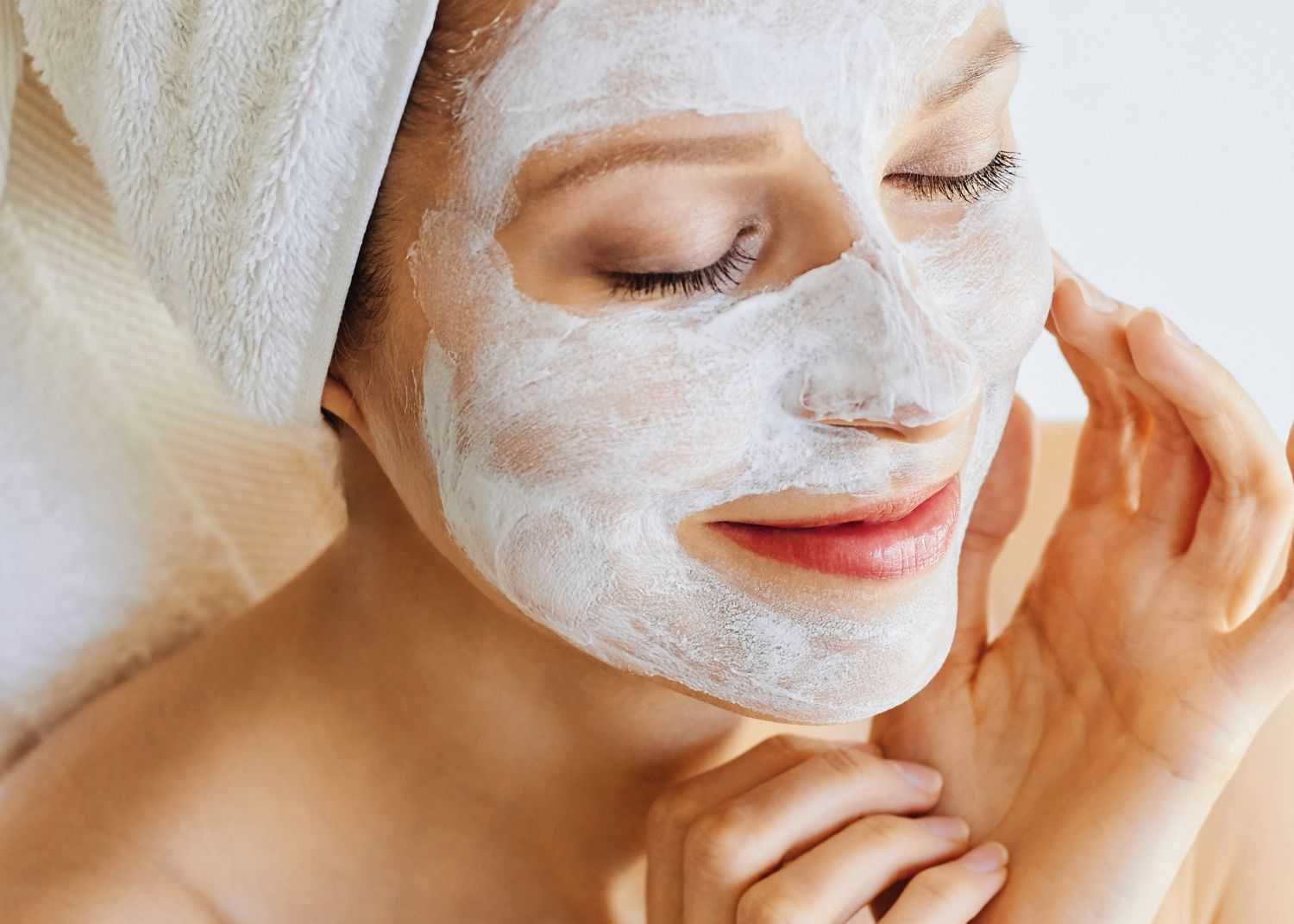
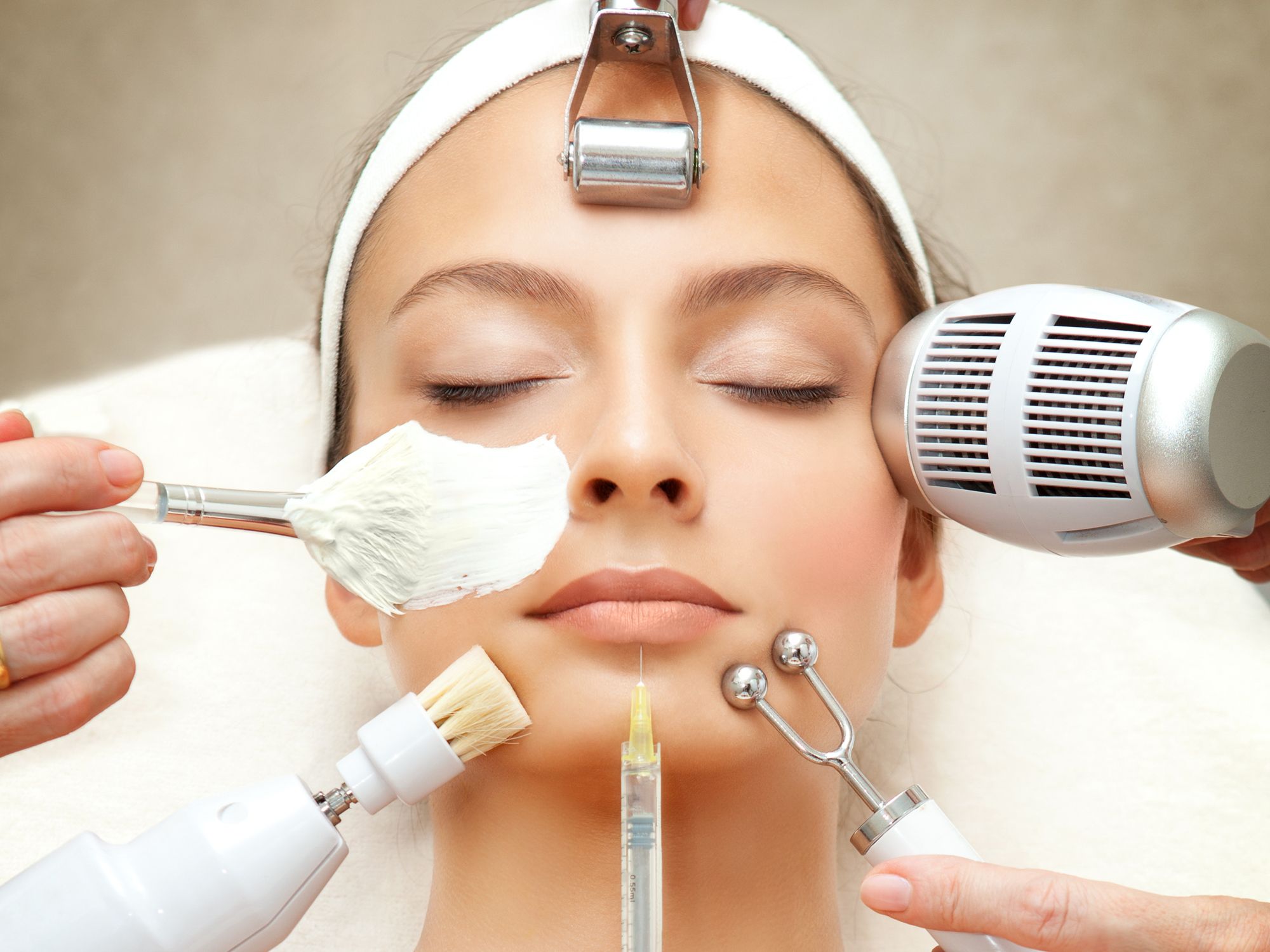
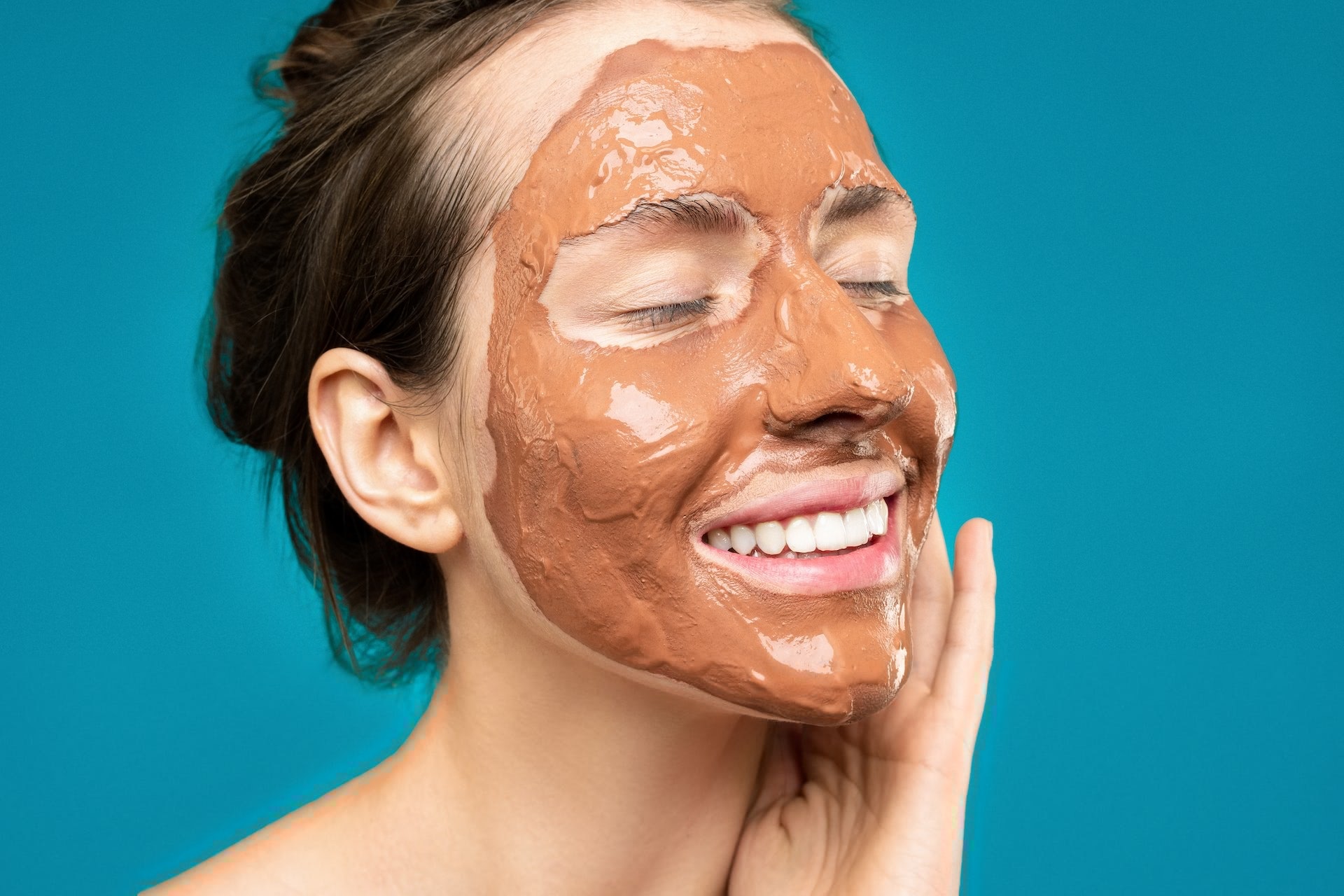

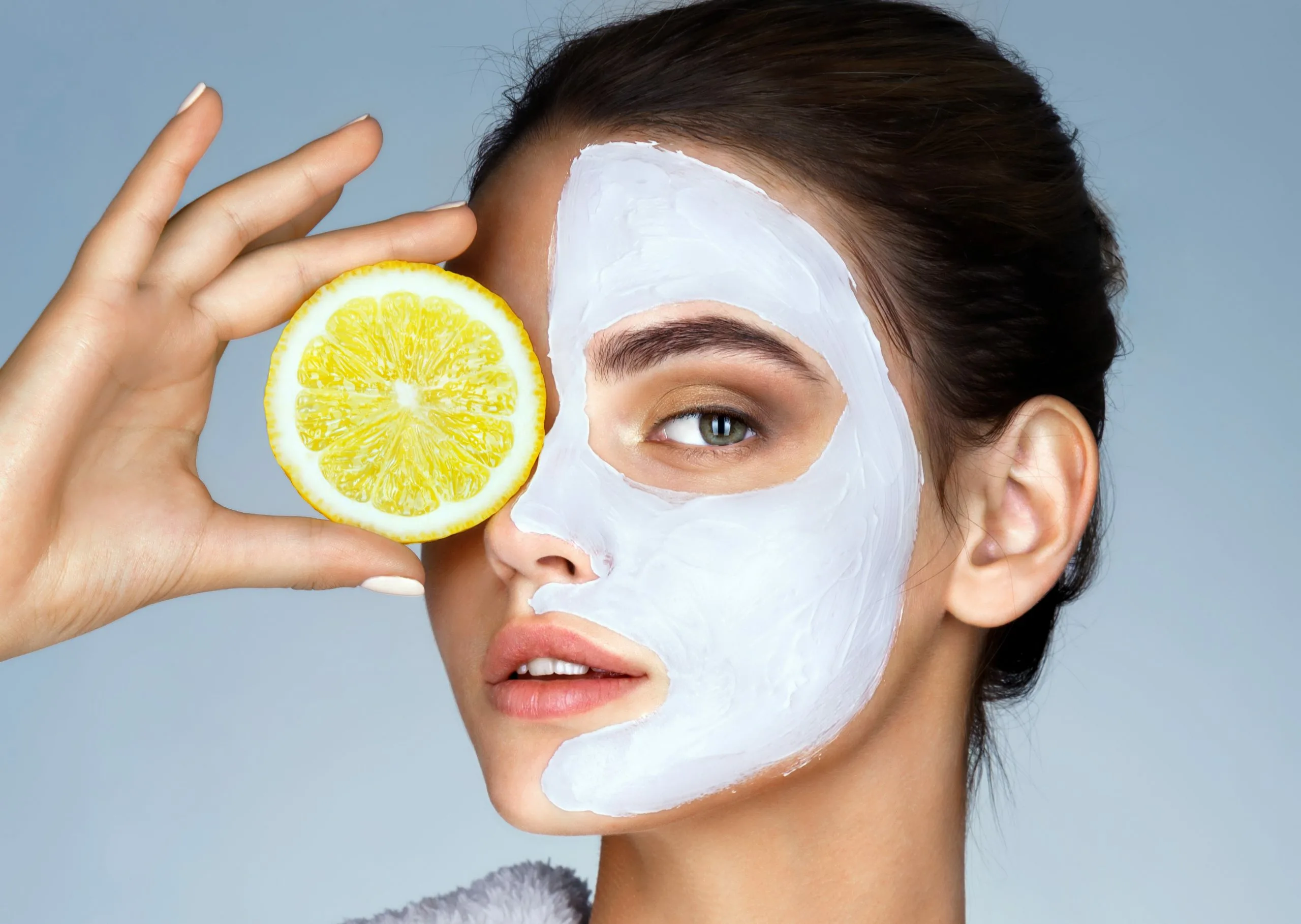
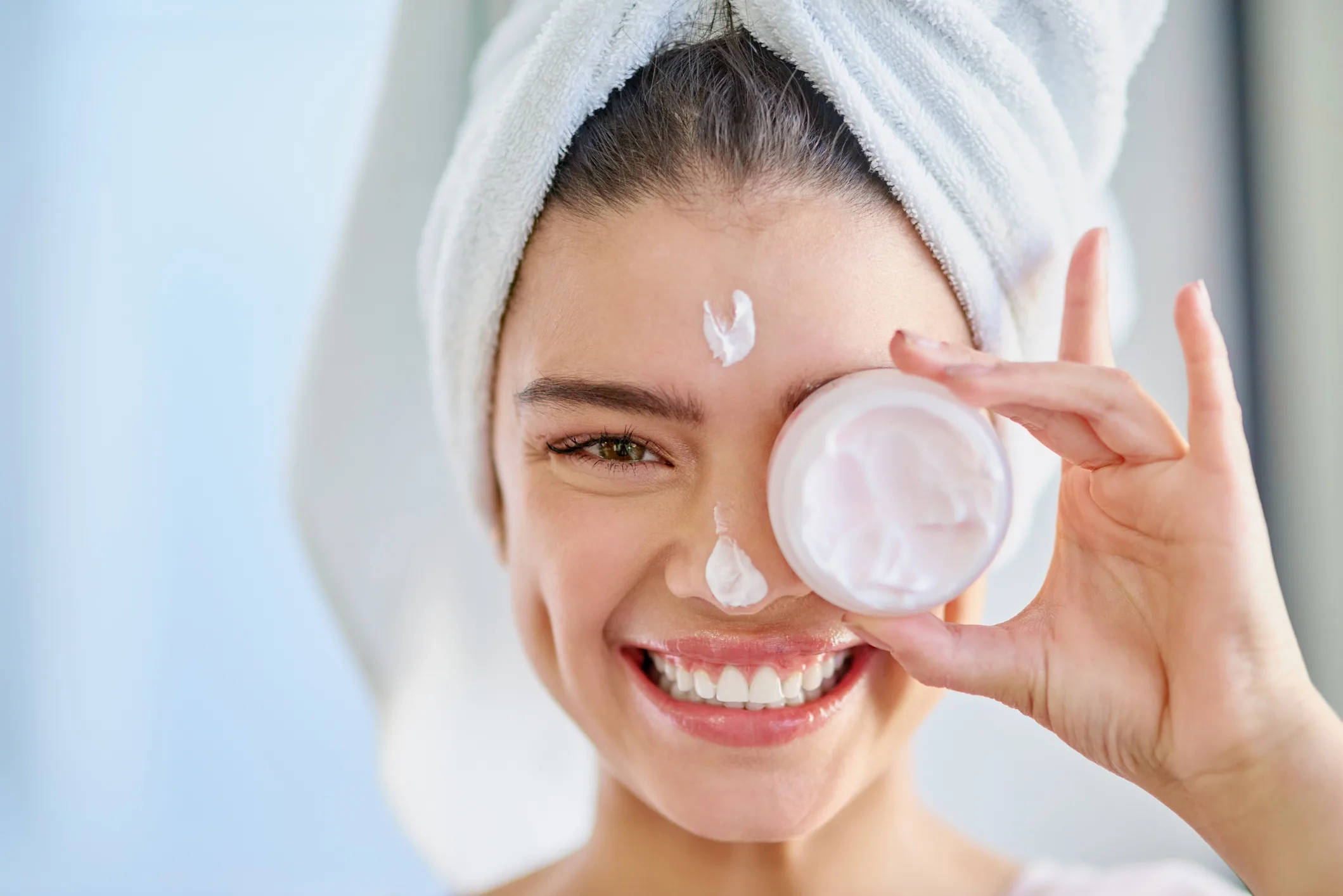







Hi i think that i saw you visited my web site thus i came to Return the favore Im attempting to find things to enhance my siteI suppose its ok to use a few of your ideas
I simply could not go away your web site prior to suggesting that I really enjoyed the standard info a person supply on your guests Is going to be back incessantly to investigate crosscheck new posts
Thanks I have recently been looking for info about this subject for a while and yours is the greatest I have discovered so far However what in regards to the bottom line Are you certain in regards to the supply